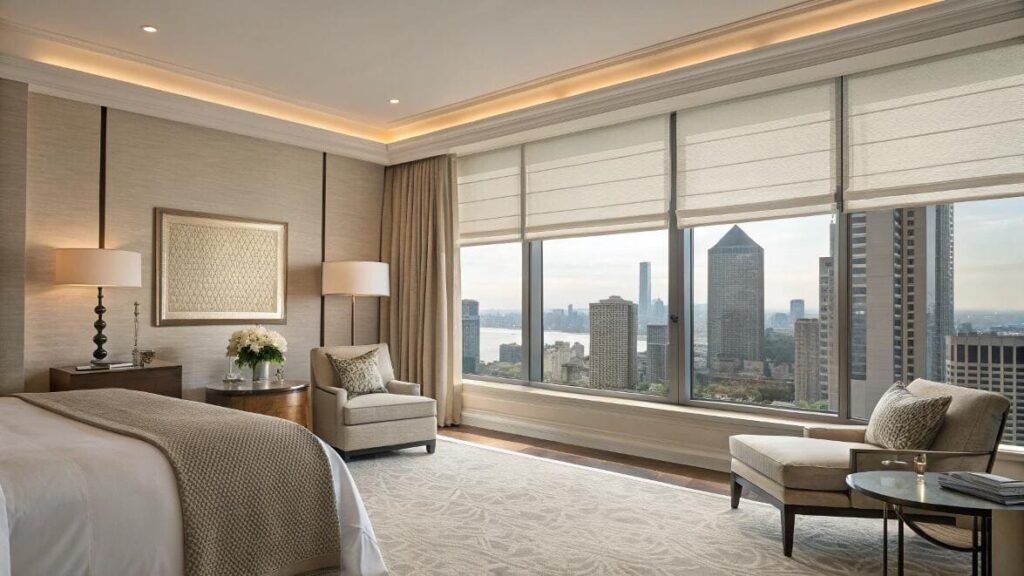Navigating window treatments for commercial projects can feel like a maze. Are you struggling to find solutions that perfectly fit your design vision and functional needs? This choice significantly impacts both your budget and the long-term success of your space.
For commercial projects, choosing between custom-made and ready-made blinds ultimately depends on your project’s specific scale, budget, design complexity, and unique functional requirements. Custom blinds offer tailored solutions for precise needs, while ready-made options deliver quick, cost-effective standard solutions.
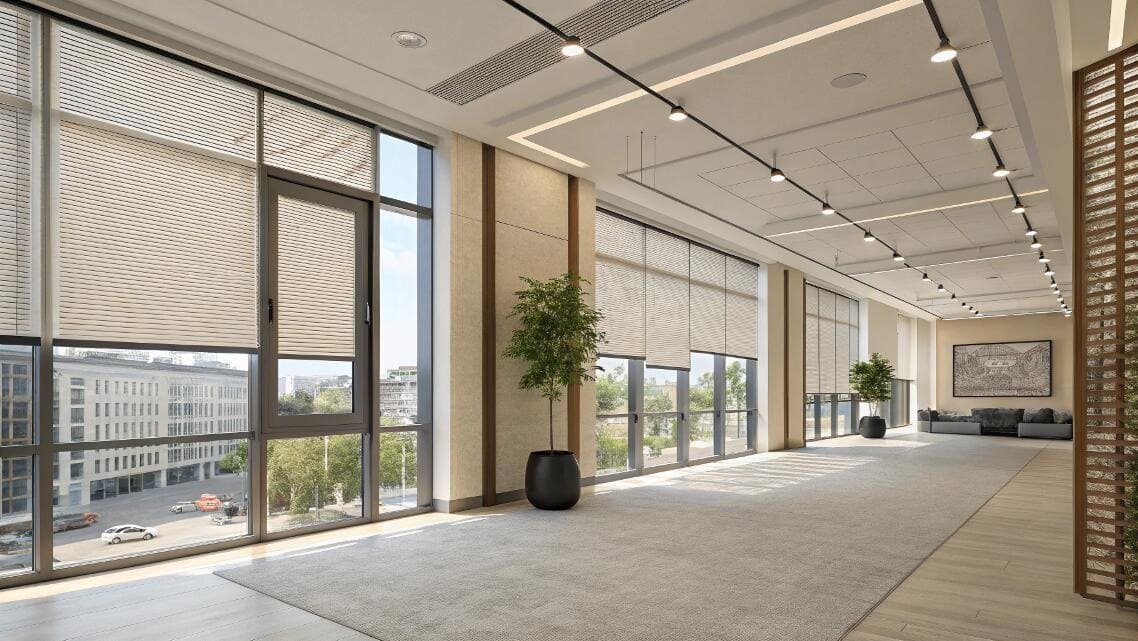
The world of window treatments[^1] offers a vast array of choices, and for commercial ventures, this decision is far more critical than simply picking a color. From enhancing energy efficiency to delivering a cohesive brand aesthetic, your blinds play a significant role. Let’s explore how to make the smartest choice for your project.
Is it worth getting custom blinds?
Are you wondering if custom blinds are truly a smart investment for your commercial project, or just an unnecessary expense? Many project managers and designers grapple with this precise question, weighing immediate costs against long-term benefits.
Custom blinds are almost always worth it for commercial projects because they provide precise fit for unique window shapes, superior aesthetic integration[^2], specialized functionality like advanced automation[^3], and commercial-grade durability that ready-made options simply cannot deliver consistently.
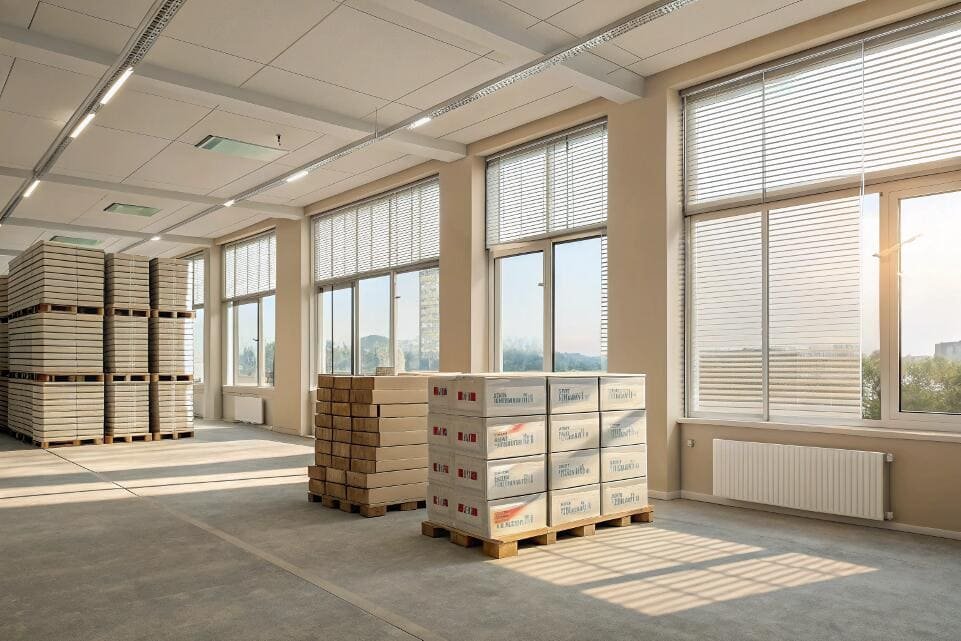
From my experience, the decision to invest in custom blinds for commercial applications often boils down to a clear understanding of long-term value versus upfront cost. While the initial investment might be higher, the benefits quickly add up. Custom blinds ensure a perfect fit for any window, regardless of its unique dimensions or architectural challenges. This precision prevents common issues like light leakage around the edges, which can disrupt presentations or create uncomfortable glare in an office setting. Beyond fit, custom solutions by VelaBlinds allow for specific fabric choices tailored to performance needs, such as exceptional thermal insulation for energy efficiency, acoustic properties for sound dampening in conference rooms, or specific light transmission levels for optimal glare control. We can also integrate advanced motorization and smart control systems seamlessly. This level of customization ensures that the blinds not only look impeccable but also perform exactly as required, contributing to a more comfortable, productive, and energy-efficient environment. Over the lifespan of the project, these tailored solutions reduce operational costs and enhance the overall occupant experience, far outweighing the initial higher price tag of custom blinds.
Which blinds are most cost-effective?
When managing a commercial project, balancing budget constraints with the need for quality solutions is paramount. This often leads to a crucial question: which type of blinds truly offers the best value and long-term cost-effectiveness?
Ready-made blinds typically present a lower immediate per-unit cost, making them appear more cost-effective for simple applications. However, custom blinds often prove more cost-effective in the long run for commercial settings due to their enhanced durability, optimized performance, and significantly reduced need for frequent replacements or repairs.
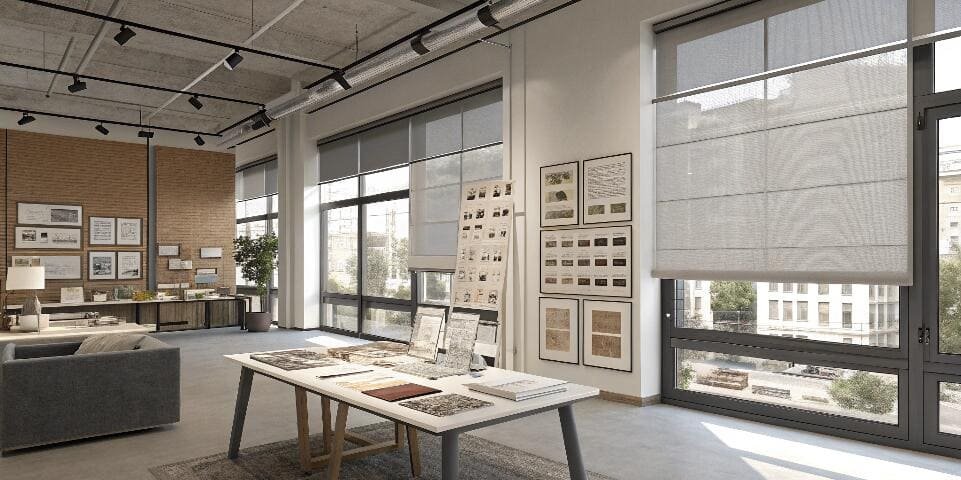
When evaluating cost-effectiveness in commercial projects, it is vital to look beyond the initial purchase price and consider the total cost of ownership (TCO). Ready-made blinds, while cheaper upfront, often come with hidden costs. Their standardized sizes may not fit all windows perfectly, leading to gaps, light leaks, and inefficiencies. The materials and components used in ready-made blinds[^4] are typically not designed for the heavy daily use found in commercial environments, resulting in quicker wear and tear, and requiring frequent repairs or even full replacements. This drives up maintenance costs and project disruption. In contrast, custom blinds from VelaBlinds are built to commercial specifications using robust, durable materials designed for longevity. Their precise fit significantly contributes to energy savings through better insulation and light control, reducing HVAC loads. For example, a custom-fitted blackout blind in a hotel conference room will outperform a generic one in blocking light and reducing energy transfer, paying for itself over time through improved comfort and lower utility bills. While the initial outlay for custom blinds is higher, their extended lifespan, superior performance, minimal maintenance, and contribution to operational savings make them the more financially sound and truly cost-effective choice for any serious commercial endeavor in the long run.
Are more expensive blinds worth it?
When you’re facing higher price tags for certain blind options, it’s natural to question if the increased expense truly translates into superior value for your commercial project. Is the added cost an investment or an unnecessary splurge?
More expensive blinds are consistently worth the investment for commercial projects. This higher price typically reflects superior commercial-grade materials, advanced technological integrations like robust motorization, higher energy efficiency[^5], enhanced durability, and improved aesthetic and functional performance that ensures longevity and maximizes occupant comfort.
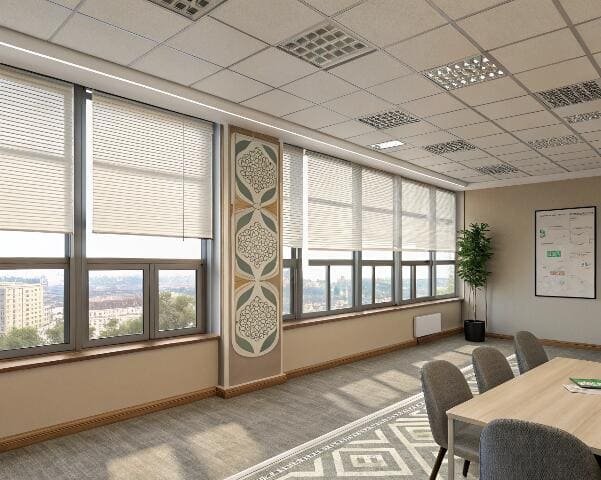
From my perspective leading VelaBlinds, the phrase "you get what you pay for" holds significant truth in the commercial blinds sector. More expensive blinds often incorporate advanced features and construction methods that directly address the demanding needs of commercial environments. This includes specialized, heavy-duty fabrics engineered for fire resistance[^6], anti-microbial properties, or superior UV protection, which are essential for upholding safety standards and maintaining a clean, healthy environment. The operating mechanisms, particularly for motorized systems, are built with industrial-grade components designed to withstand daily, heavy usage without failure. These sophisticated systems can be integrated with smart building management systems, offering precise control over light, temperature, and privacy, leading to significant energy savings and superior occupant comfort. An investment in higher-quality custom blinds minimizes future maintenance, reduces the likelihood of costly repairs, and ensures a professional, polished appearance that enhances your brand image. For instance, high-performance blinds can significantly reduce solar heat gain, lessening the load on air conditioning systems and leading to considerable energy cost reductions over a building’s lifespan. We at VelaBlinds focus on delivering custom solutions that provide such long-term value and reliability.
Which type of blinds last the longest?
In the demanding environment of commercial spaces, durability is not just a preference; it’s a necessity. How do you ensure your significant investment in window treatments stands the test of time, resisting wear, tear, and frequent use?
High-quality custom-made blinds, especially those fabricated with commercial-grade components and tailored for specific use, consistently last the longest. Their superior materials, robust construction, and precise fit are engineered to withstand the rigors of commercial environments far better than standard ready-made options.
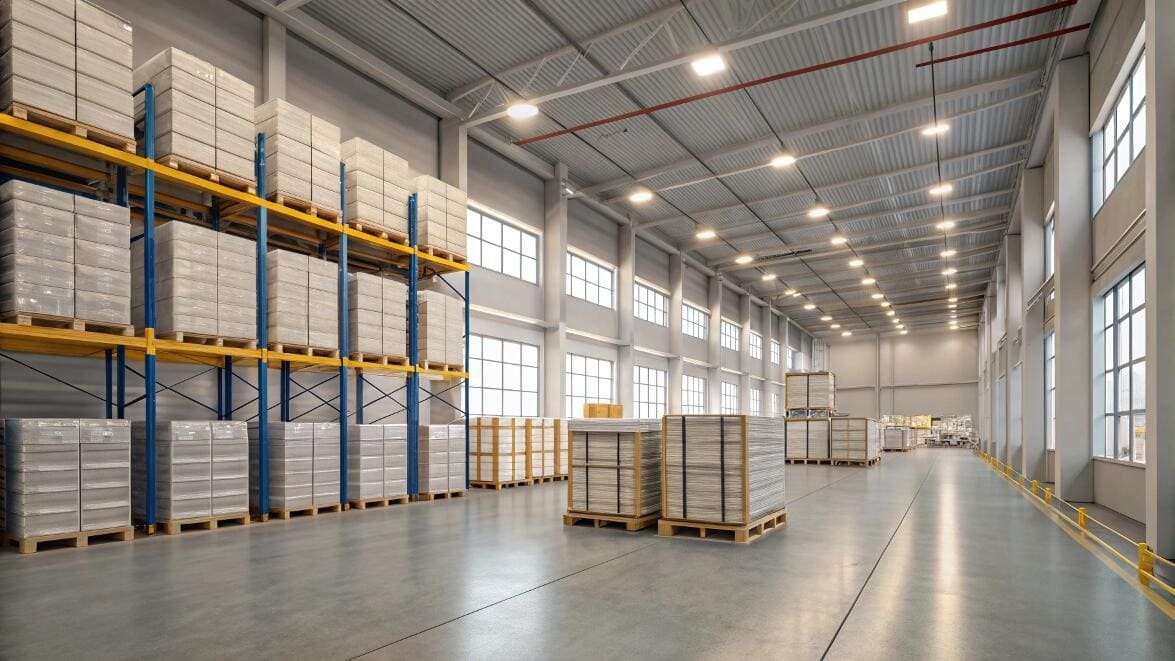
The longevity of blinds in a commercial setting is directly correlated with the quality of their materials and construction. Ready-made blinds are often mass-produced using lighter, less durable components that are not designed for the frequent adjustments and environmental stresses common in commercial applications. This leads to quicker degradation of fabrics, fraying edges, and mechanical failures within just a few years. In contrast, custom-made commercial blinds like those from VelaBlinds are built using materials specifically chosen for their resilience. This includes robust aluminum headrails, heavy-duty clutch mechanisms, and fabrics that are reinforced to resist UV damage, fading, and tearing. For example, our commercial-grade roller blinds might use woven fiberglass or PVC-coated polyester, materials known for their extreme durability and ease of cleaning, unlike standard residential fabrics. Motorized systems, when properly specified and installed, also contribute to longevity by eliminating the human error associated with manual operation, which can cause excessive strain on cords and mechanisms. Our offerings are rigorously tested to ensure they can withstand the constant demands of busy offices, hospitality venues, and public spaces, providing a significantly longer lifespan and a better return on your initial investment.
How long do custom blinds last?
Understanding the expected lifespan of custom blinds is a key factor for long-term project planning, budgeting, and maintenance strategies. What kind of longevity can you realistically anticipate from a custom window treatment investment?
Custom-made commercial blinds, when meticulously specified, professionally installed, and properly maintained, typically boast a lifespan of 10-15 years, often extending beyond. Their actual longevity largely hinges on the quality of materials, the frequency of use, and the specific environmental conditions of their commercial placement.
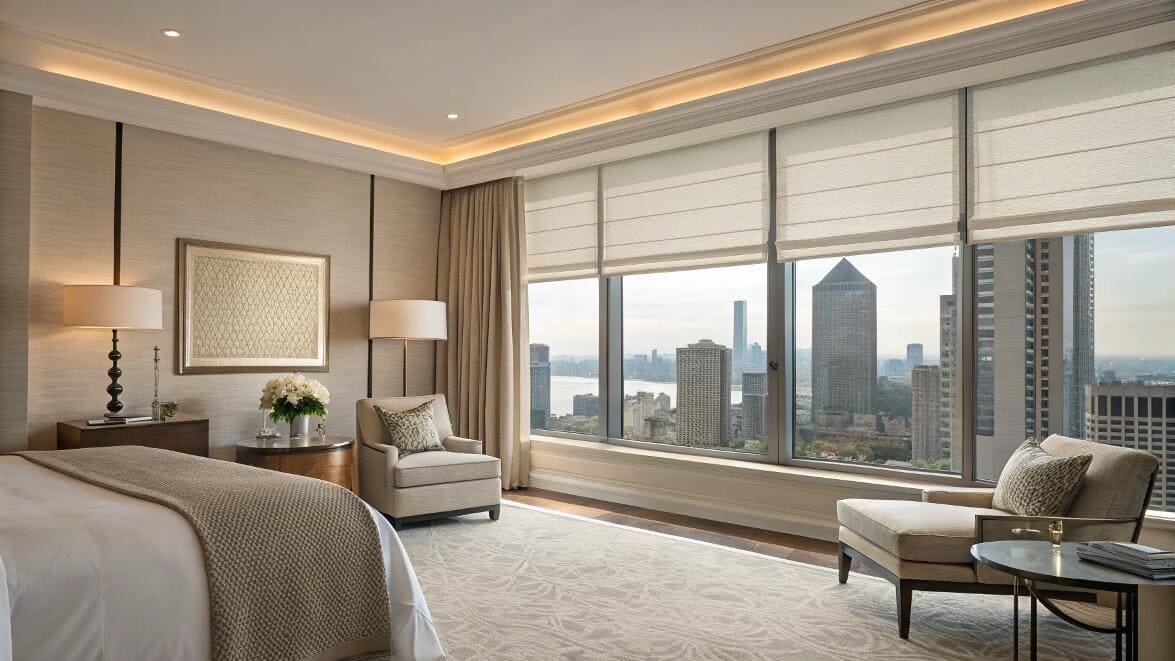
Building on the concept of durability, the lifespan of custom commercial blinds is a critical calculation for project managers. While 10-15 years is a solid benchmark, several factors can influence this range. The type of operating system plays a significant role: manually operated blinds, if handled roughly or frequently, might see accelerated wear on cords and mechanisms. Conversely, motorized systems reduce mechanical stress on the blind components, potentially extending their life. The environmental conditions are also crucial; blinds in direct, intense sunlight will experience more UV degradation over time, even with UV-resistant fabrics, compared to those in shaded areas. Similarly, humidity levels in a space like a restaurant or a restroom can affect certain materials. At VelaBlinds, we emphasize using fabrics and hardware engineered for specific commercial environments. For instance, our blackout fabrics are designed not only for light control but also to resist fading and structural breakdown from prolonged sun exposure. Furthermore, professional installation ensures that blinds are mounted correctly, reducing strain and optimizing performance from day one, which indirectly contributes to their longevity. With proper, periodic cleaning and minor adjustments, commercial-grade custom blinds can sustain their aesthetic and functional integrity for well over a decade, representing a sound, enduring investment for any commercial property.
When should commercial projects choose custom blinds over ready-made?
Deciding between custom and ready-made blinds is a pivotal choice for any commercial project, holding significant implications for aesthetics, functionality, and budget. When does opting for a custom solution become the undeniable superior choice?
Commercial projects should definitively choose custom blinds over ready-made when precise fit for unconventional window sizes, specific branding requirements, advanced functional control like automated light management, or long-term durability and cohesive aesthetic integration are non-negotiable critical factors for success.
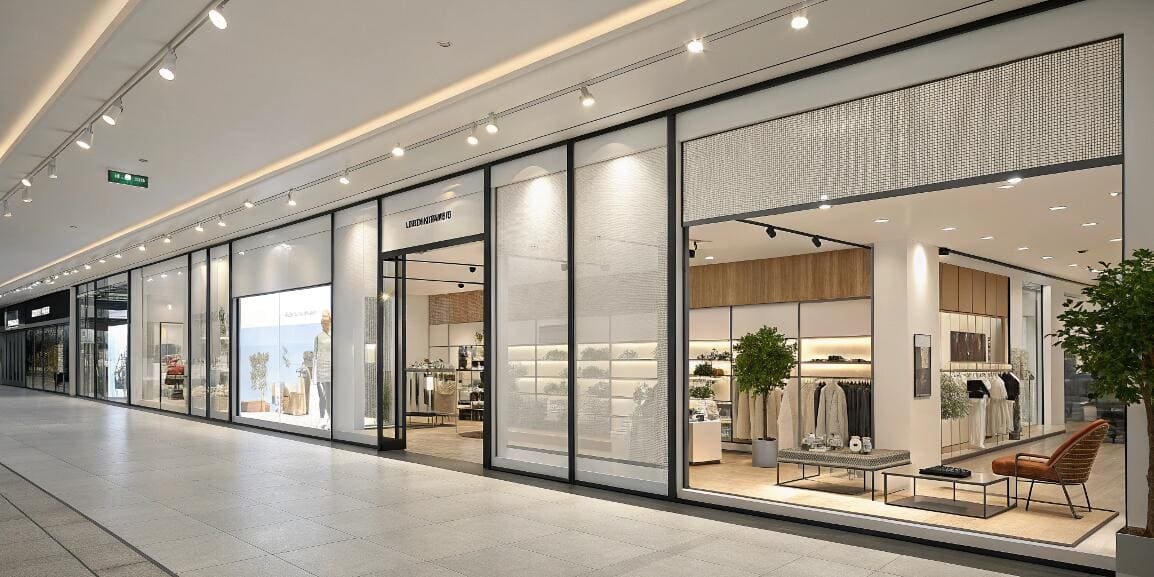
From my vantage point, the decision to go custom for commercial blinds is driven by project-specific needs that ready-made options simply cannot address. Here are several scenarios highlighting when custom solutions[^7] become essential:
| Scenario | Reason for Custom Blinds |
|---|---|
| Unique Window Shapes/Sizes | Commercial buildings often feature oversized, arched, angled, or unusually shaped windows where standard sizes will not fit, leading to light gaps or an unprofessional look. Custom blinds ensure a perfect, seamless fit, optimizing light control and insulation. |
| Specific Aesthetic/Branding | To maintain brand consistency or achieve a precise interior design vision, custom blinds allow for specific colors, textures, patterns, and materials that align perfectly with the overall aesthetic. Ready-made options offer limited design flexibility. |
| Advanced Functional Needs | Projects requiring specialized light control (e.g., complete blackout for media rooms, precise glare reduction for offices), acoustic insulation, or integration with smart building automation systems necessitate custom solutions. Our motorized options can be precisely specified. |
| High Durability/Traffic Areas | In high-traffic commercial environments like schools, hospitals, or public lobbies, blinds endure constant use. Custom-made commercial-grade blinds utilize heavy-duty components and durable fabrics designed to withstand rigorous daily operation and last significantly longer. |
| Energy Efficiency Goals | For projects aiming for LEED certification[^8] or significant energy savings, custom blinds can be engineered with specific thermal properties and precise fits to maximize insulation, reducing HVAC loads and operating costs more effectively than unsealed ready-made options. |
| Safety and Compliance | Certain commercial spaces have strict fire safety, child safety (cordless options), or accessibility regulations. Custom fabrications can ensure compliance with these specific building codes, which standard blinds may not meet. |
We at VelaBlinds understand these unique challenges and provide tailored dimensions, specific control systems, and exact fabric selections to fit your particular project specifications perfectly. This approach ensures not only a superior product but also adherence to project goals and standards.
What are the lead time differences between custom and ready-made blinds?
In commercial projects, managing timelines is paramount, and every component’s lead time can impact the overall schedule. How do the lead times for custom versus ready-made blinds affect your critical path and project delivery?
Ready-made blinds generally boast significantly shorter lead times, often being immediately available off-the-shelf or shipped within a few days. Custom blinds, in stark contrast, require a dedicated manufacturing process, typically leading to lead times ranging from 3-6 weeks, depending on the complexity of the order and the shipping logistics involved.
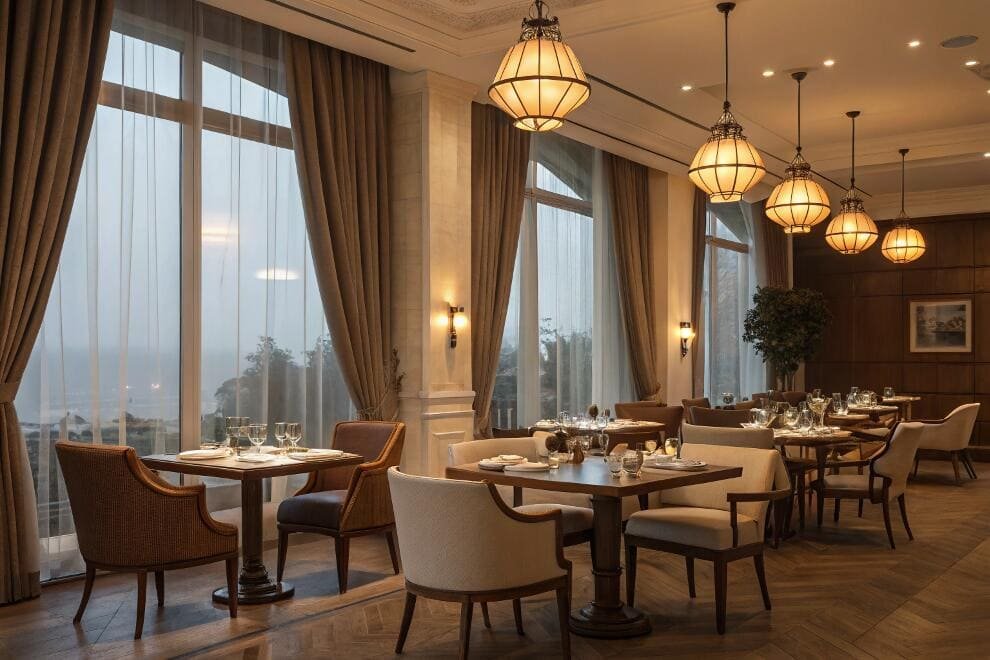
The difference in lead times between ready-made and custom blinds is a crucial consideration for project scheduling. Ready-made blinds, being pre-manufactured to standard sizes, are often stocked and can be dispatched quickly, making them suitable for urgent, basic needs or small-scale applications. However, this speed comes with limitations in size, material choice, and functionality. Custom blinds, on the other hand, involve a detailed, multi-step production process. Once measurements and fabric selections are confirmed, the materials must be sourced, cut to precise dimensions, assembled with specified operating mechanisms (manual, chain, or motorization), undergo rigorous quality control, and then be packaged for shipping. This fabrication process alone can take several weeks domestically, and international sourcing, like from VelaBlinds, then adds shipping transit time, which can vary based on destination and method (air vs. sea freight). For example, a large order of motorized commercial roller blinds with specific fire-retardant fabrics will naturally have a longer lead time than a small batch of standard manual blinds. It’s important to plan well in advance for custom orders to ensure they align with your project’s construction or renovation timeline. At VelaBlinds, we streamline this process with efficient production scheduling and can prioritize large orders (over 500㎡) while providing clear communication on expected delivery. We also commit to responding to quote requests within 24 hours, helping you plan effectively.
How to decide between custom and standard blinds for large projects?
For large-scale commercial projects, the choice of window treatments carries significant weight, impacting both the budget and the ultimate success of the endeavor. What is the most effective framework for making this critical decision between custom and standard options?
For large commercial projects, the decision between custom and standard blinds hinges on a comprehensive evaluation of overall project budget, the intricacy of the design intent, specific functional requirements, long-term return on investment (ROI), and total cost of ownership. It is often strategic to prioritize custom solutions for critical areas while leveraging ready-made options for less demanding spaces.
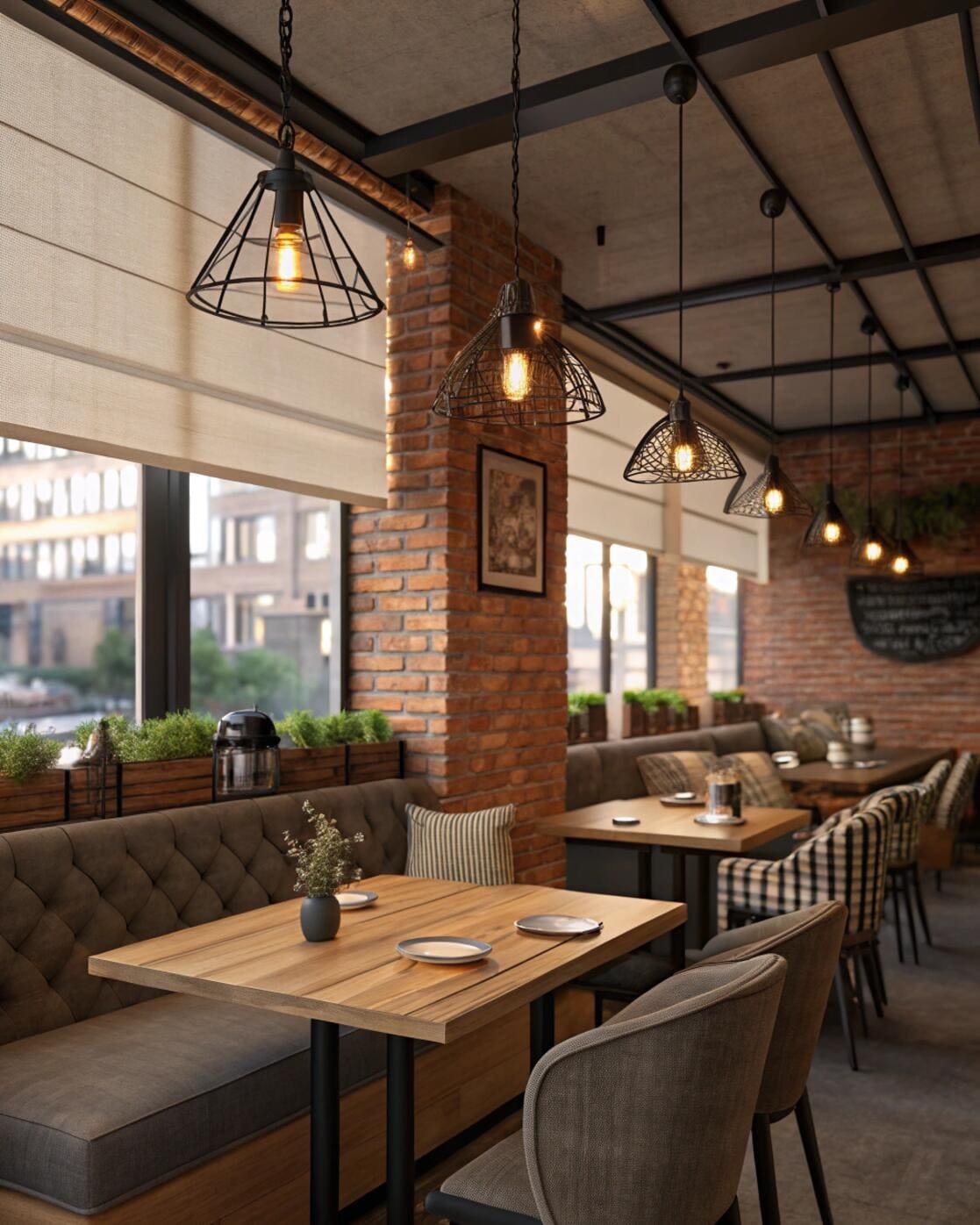
Making the right choice for large commercial projects requires a structured approach. It’s rarely an ‘either/or’ scenario but rather a strategic allocation based on various project demands. I guide my clients through a decision matrix that considers multiple dimensions:
| Decision Factor | Standard Blinds (Ready-Made) | Custom Blinds (VelaBlinds) | Recommendation for Large Projects |
|---|---|---|---|
| Initial Budget | Lower upfront cost, ideal for tight budgets. | Higher initial investment due to tailoring and specialized features. | Use standard for non-critical, less visible areas (e.g., storage rooms, back offices). |
| Aesthetics/Design | Limited options in style, color, and size; may not align with unique architectural features or brand aesthetics. | Unlimited customization, perfect fit, consistent appearance across diverse window types, seamless integration with design themes. | Prioritize custom for prominent areas (e.g., lobbies, executive offices, client-facing spaces) to ensure design integrity. |
| Functional Needs | Basic light control and privacy; limited energy efficiency. | Precision control over light, glare, privacy; superior thermal performance; integration with smart systems (motorization, sensors). | Choose custom for areas requiring specific functionality, like glare reduction in open-plan offices, or blackout in projection rooms. |
| Durability/Longevity | Designed for lighter use; typically shorter lifespan, prone to wear in high-traffic commercial settings. | Commercial-grade components and fabrics, built for heavy multi-user environments, offering significantly extended lifespan. | Opt for custom in high-traffic areas (e.g., reception, conference rooms, public corridors) where durability is crucial. |
| Maintenance | May require more frequent repairs or replacements due to lower quality components. | Lower long-term maintenance due to robust construction; easier cleaning with commercial-grade fabrics. | Custom reduces operational disruption and long-term costs. |
| Smart Integration | Minimal or no smart home integration capabilities. | Seamless integration with existing or planned smart building systems, offering automation, energy management, and remote control. | Essential for modern commercial buildings aiming for automation and energy efficiency. |
| ROI / TCO | Lower initial outlay, but higher TCO due to replacement costs and potential energy inefficiencies. | Higher initial outlay, but lower TCO through energy savings, reduced maintenance, and enhanced property value. | Strategic investment for long-term savings and enhanced occupant experience. |
For large projects, a hybrid approach often makes the most sense. Utilize custom blinds for public-facing areas, critical functional zones (e.g., meeting rooms, executive suites), and windows with unusual dimensions. Meanwhile, standard blinds can be a viable option for utility spaces, storage rooms, or smaller, less visible windows where aesthetic and functional demands are minimal. We at VelaBlinds are equipped to handle large or urgent orders, prioritizing those over 500㎡, and we provide free fabric samples to validate specs, ensuring your decision is well-informed and efficient.
Conclusion
Choosing between custom-made and ready-made blinds for commercial projects requires careful consideration of budget, design, and functional needs. Custom options generally offer superior long-term value, precision, and durability for demanding commercial environments.
Power Your Projects with Smarter Blinds
Ready to elevate your commercial project with smart shading solutions tailored to your exact needs? Our team at VelaBlinds is here to help you navigate your options and secure the perfect window treatments. Get expert support from initial quote to final installation, ensuring your project succeeds with high-quality, energy-efficient designs.
Contact us today to discuss your project requirements, request a personalized quote, or explore our extensive range of smart shading solutions. Let’s build something exceptional together.
info@velablinds.com
Extended FAQ Section
What are the key benefits of motorized blinds for commercial spaces?
Motorized blinds offer unparalleled benefits for commercial settings, significantly enhancing operational efficiency, occupant comfort, and energy savings. Firstly, they provide effortless control, especially for hard-to-reach or numerous windows, allowing for simultaneous adjustment with a touch of a button or through a centralized system. This is crucial for large office buildings, hotels, or educational institutions. Secondly, motorization enables integration with smart building management systems, allowing for automated scheduling based on sunlight, occupancy, or even external weather data. This intelligent control optimizes natural light, reduces glare, and substantially contributes to energy efficiency by managing thermal gain and loss. For instance, blinds can automatically adjust to block direct sun during peak heat, reducing air conditioning load. Thirdly, they enhance safety by eliminating cords, making them ideal for environments with children or vulnerable individuals. Finally, motorized blinds elevate the aesthetic appeal of a space, portraying a modern and sophisticated image while also providing a quiet, smooth operation that maintains a disturbance-free environment.
How do I get a custom quote for commercial blinds?
Obtaining a custom quote for commercial blinds from VelaBlinds is a straightforward process designed to be efficient and precise for project managers and contractors. To prepare an accurate quotation, we typically need specific information about your project, including the desired blind type (e.g., roller, zebra, Shangri-La), the estimated quantity needed, detailed window dimensions (width and height for each opening), your preferred control options (manual or motorized, and specific motorization features if applicable), and any specific fabric selections or performance requirements (e.g., blackout, thermal, fire-retardant). Project drawings or architectural plans are incredibly helpful for comprehensive understanding and accurate quoting. You can submit your inquiry via our website’s request form, and our sales team will typically respond within 24 hours. We encourage you to check your email, looking for correspondence from "@velablinds.com," to ensure you receive your tailored quotation promptly. This detailed approach ensures that the quote reflects your precise project scope and helps avoid unforeseen costs or delays.
What factors affect the installation complexity of commercial blinds?
The installation complexity of commercial blinds can vary significantly based on several key factors, impacting both timeline and labor costs for your project. Firstly, the type of blind system plays a major role; manual blinds are generally simpler, while motorized systems require more intricate wiring or battery considerations, often needing integration with electrical systems or building automation. Secondly, window design and accessibility are critical; unusually shaped, very tall, or difficult-to-reach windows (e.g., skylights, windows in atriums) will naturally increase complexity and may require specialized equipment like lifts or scaffolding. Thirdly, the quantity of blinds and the project scale influence complexity; large-volume installations demand detailed logistics planning, batch-specific production scheduling, and efficient sequential installation. Fourthly, building construction materials can affect mounting methods; different fasteners and techniques are needed for drywall, concrete, or metal frames. Lastly, the need for integration with smart home or building management systems adds another layer of complexity, requiring highly skilled technicians for system programming and calibration to ensure seamless operation. VelaBlinds provides remote technical support and installation references to assist your local contractors, aiming to simplify even the most complex installations.
---
[^1]: Discover various options and their benefits for enhancing commercial environments.
[^2]: Understand the importance of cohesive design and how it affects brand perception.
[^3]: Find out how automation can enhance functionality and convenience in commercial spaces.
[^4]: Discover the pros and cons of ready-made blinds for quick and cost-effective solutions.
[^5]: Learn how the right blinds can significantly reduce energy costs and improve efficiency.
[^6]: Understand the safety advantages of using fire-resistant materials in window treatments.
[^7]: Explore how tailored solutions can meet specific needs in commercial projects.
[^8]: Explore how energy-efficient blinds can help achieve sustainability goals.Partner with VelaBlinds for Your Next Project
Smart window treatments shouldn’t be complicated. After working with 500+ distributors and contractors worldwide, I’ve streamlined the process to get you quality products, competitive pricing, and reliable support – every time.
Why project professionals choose VelaBlinds:
- ✅ Fast, Accurate Quotes – Detailed specs and pricing within 24 hours
- ✅ Transparent Pricing – No hidden fees, volume discounts clearly outlined
- ✅ Quality Assurance – Direct partnerships with certified OEM manufacturers
- ✅ Project Support – Dedicated account manager from quote to delivery
Start your next project:
📧 Quick Quote: Send your requirements to info@velablinds.com
📱 Direct Contact: WhatsApp +86 137 2012 8317
🌐 Browse Solutions: https://velablinds.com/
📁 Product Resources: Access spec sheets, catalogs & project files
Jimmy Chen, Founder
"I built VelaBlinds to solve the real challenges I faced as a project buyer – long lead times, unclear specs, and unreliable suppliers. Let’s discuss how we can power your projects with smarter blinds."
Serving distributors and contractors across North America, Europe, and Australia since 2018.

